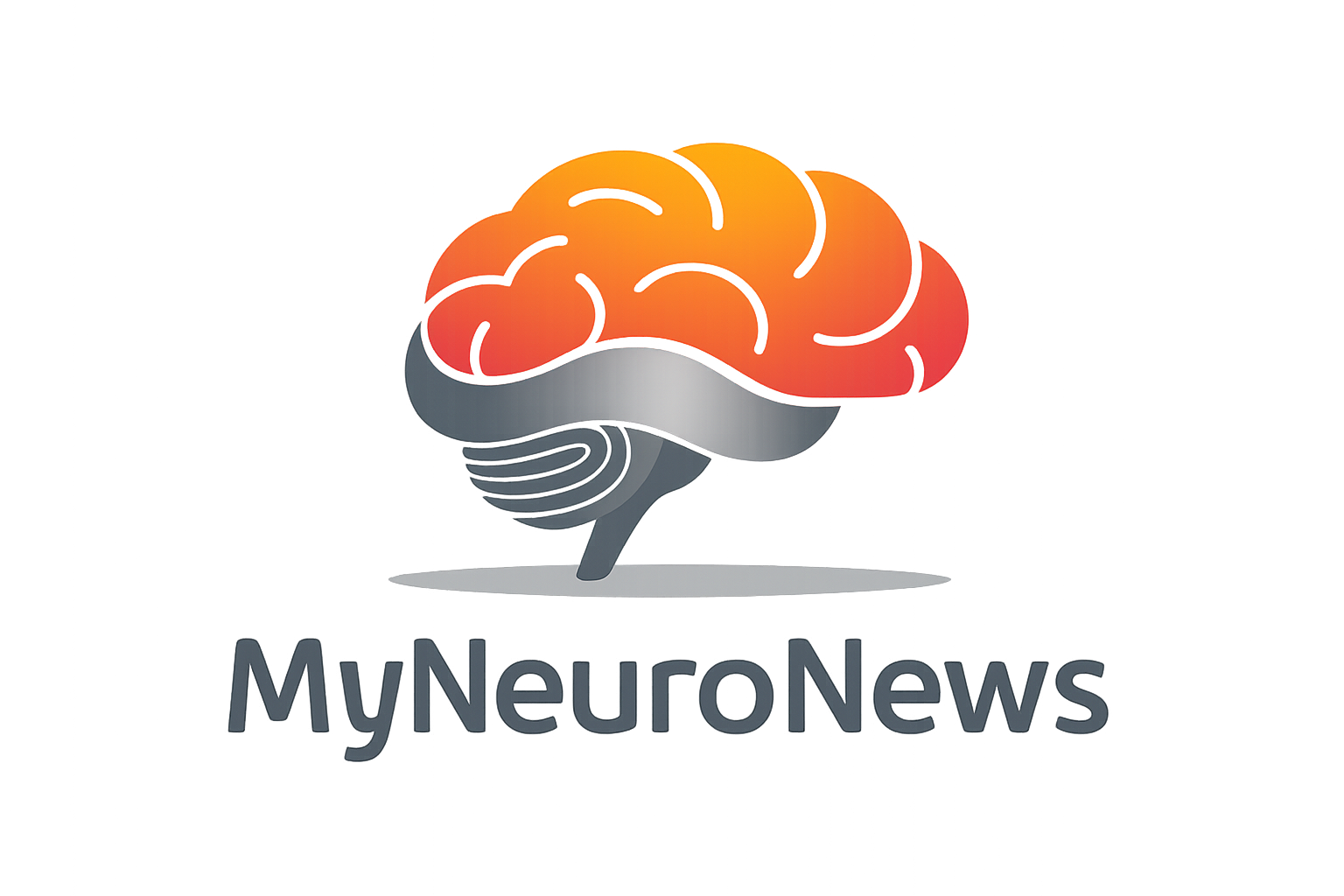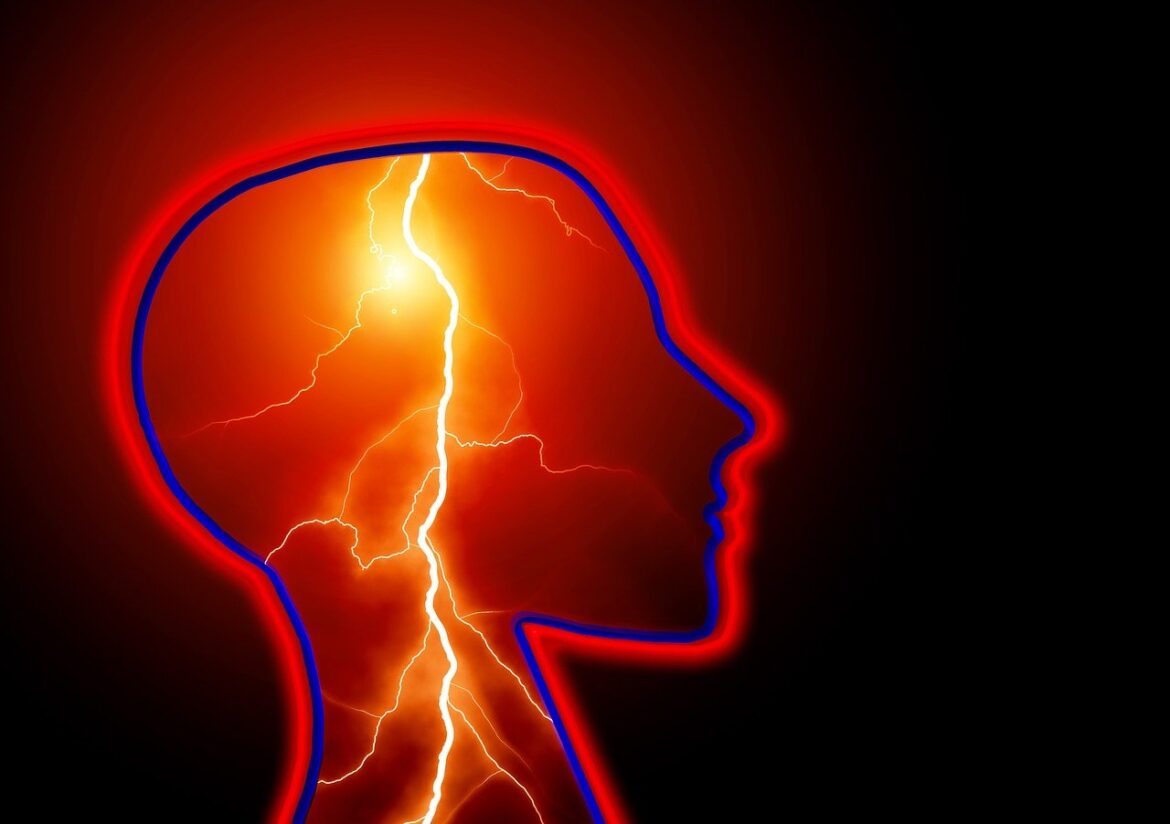Post-traumatic headaches (PTH) are the most common symptom reported following mild traumatic brain injury (mTBI). The prevalence of PTH can range significantly, from 30% to 90%, depending on the study design, population, and the methods used to assess the headaches. This variation highlights the complexity of accurately estimating PTH prevalence across different demographics and injury severities. Nevertheless, the high incidence of PTH across various populations emphasizes the need for effective identification and management of this condition.
Global Prevalence of mTBI and PTH
Globally, approximately 69 million individuals experience a traumatic brain injury (TBI) each year, with mTBI being the most frequent severity-based subtype. Studies have indicated that between 37% and 69% of patients who suffer from mTBI experience post-traumatic headaches. For some patients, these headaches resolve within three months, but for others, they may persist for much longer. Around 32% of patients report PTH symptoms three months after their injury, and 29% still experience them at the six-month mark. Moreover, 49% to 58% of patients continue to report PTH 12 months post-injury.
Gender and Population-Based Differences
Studies conducted in different countries have demonstrated considerable variability in the prevalence of PTH. For example, in a Danish study, the lifetime prevalence of PTH was found to be 4.7% in males and 2.4% in females. However, in Norway, only 0.21% of patients with chronic headaches were diagnosed with persistent PTH. These discrepancies may be due to differences in study design, population characteristics, and the criteria used to define PTH. Additionally, some patients with PTH may be misdiagnosed with other primary headache syndromes, such as migraines, further complicating the estimates.
Pediatric and Adolescent Populations
In pediatric and adolescent populations, the prevalence of PTH following concussion has been estimated to be between 43% and 60%. However, more recent studies have reported even more variable results. One study found that only 13% of children under 14 years of age who suffered from mild head impacts (due to car accidents, falls, sports-related injuries, or being struck by objects) experienced PTH. In contrast, another study reported a much higher prevalence of 71.8% in children with concussions. These findings underscore the wide range of PTH prevalence in younger populations, similar to that in adults.
The Severity of TBI and PTH Prevalence
Interestingly, the incidence of persistent PTH appears to be inversely related to the severity of TBI. For instance, 58% of patients with mTBI still report headaches 12 months after injury, compared to only 33% of those with moderate to severe TBI. Although this trend has been observed in various studies, the underlying reasons remain unclear. It has been hypothesized that patients with more severe head trauma may develop a pain hypersensitivity phenotype, but further research is needed to confirm this hypothesis.
PTH in Athletes and Military Personnel
Athletes and military personnel are at particular risk for PTH, although the incidence in these populations may be underreported. In athletes, especially those involved in contact sports, PTH has been reported in up to 93% of cases following sports-related concussions. This is consistent with findings that PTH is often the most common symptom of post-concussion syndrome (PCS) in this group. In military personnel, especially those exposed to blast injuries, PTH is also highly prevalent. Studies on US Army infantry soldiers returning from deployments to Iraq and Afghanistan have found that concussions associated with loss of consciousness (LOC) and blast exposures significantly increase the likelihood of experiencing PTH, often alongside other PCS symptoms like anxiety, depression, and post-traumatic stress disorder (PTSD).
Factors Affecting PTH Prevalence
The wide variation in PTH prevalence across different studies and populations is likely influenced by multiple factors. Methodological differences in study design, variations in how headaches are assessed, and the time points at which patients are evaluated post-injury all contribute to the inconsistent findings. Additionally, pre-existing conditions such as migraines, comorbidities like anxiety or depression, and individual differences in pain perception may also influence the prevalence of PTH. These factors complicate the clinical evaluation of PTH, and healthcare providers must consider them when diagnosing and treating patients with post-traumatic headaches.
Conclusion
PTH is a common consequence of mTBI, affecting a significant proportion of patients in both adult and pediatric populations. The wide range in reported prevalence highlights the importance of comprehensive, well-designed studies to better understand the true burden of PTH. Given its significant impact on patient quality of life, healthcare providers should adopt a multidisciplinary approach to managing PTH, addressing not only the headache symptoms but also associated conditions such as anxiety, depression, and PTSD.
Summary Table: Prevalence of Post-Traumatic Headaches
| Population | Prevalence (%) | Additional Notes |
|---|---|---|
| General population (mTBI) | 30-90% | Prevalence varies due to study designs, population differences, and methods |
| Global TBI (all severities) | 37-69% | Persistent symptoms reported in some patients up to 12 months post-injury |
| Denmark (lifetime prevalence) | 4.7% (males), 2.4% (females) | Significant gender difference observed in the Danish population |
| Norway (chronic headache cases) | 0.21% | Lower prevalence in patients with chronic headaches |
| Pediatric and adolescent | 13-71.8% | Wide variation based on study design and method of injury |
| Athletes (sports-related concussions) | Up to 93% | Most common symptom of post-concussion syndrome |
| Military personnel (blast-related injuries) | Significant association | Blast exposure and LOC linked to higher prevalence of PTH |
| Moderate-to-severe TBI (persistent PTH) | 33% | Lower prevalence compared to mild TBI |
| Mild TBI (persistent PTH after 12 months) | 58% | Higher prevalence in mild TBI compared to moderate or severe TBI |

